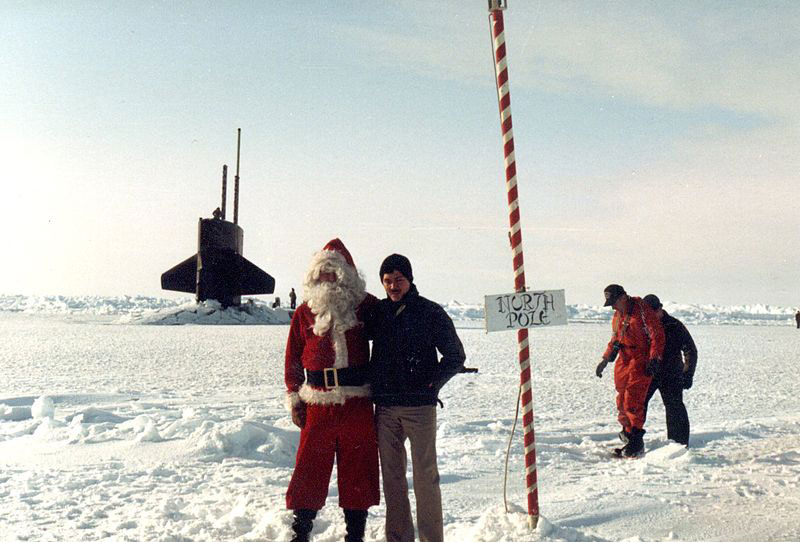Russia, Denmark (through Greenland) and Canada all claim that their territories extend to the North Pole.
Russia, Denmark (through Greenland) and Canada all claim
that their territories extend to the North Pole. This is despite the fact that
the Pole is well over 400 miles from the shores of any Arctic country. The United Nations Convention on the Law of the
Sea Treaty provides a mechanism for recognizing national territorial claims
beyond the traditional 200-nautical-mile limit if a country’s continental shelf
extends further. The United States is not a party to the Convention so it will not be staking a claim.
Russia, Denmark (through Greenland) and Canada all claim that their territories extend to the North Pole. This is despite the fact that the Pole is well over 400 miles from the shores of any Arctic country.
The United Nations Convention on the Law of the Sea Treaty provides a mechanism for recognizing national territorial claims beyond the traditional 200-nautical-mile limit if a country’s continental shelf extends further. An international commission is required to consider the various claims and give its expert recommendations at some time in the future.
Norway, another country close to the North Pole, has announced that it will not pursue territorial claims beyond 200 nautical miles.
As of August 2013, 165 countries and the European Union have joined in the Convention. Unfortunately, the United States is not a party to the treaty. Therefore, the U.S. cannot submit its evidence that its continental shelf extends beyond the 200-mile limit, let alone to the North Pole.

USS Billfish (SSN 676) in the background with Santa Claus, 1987.
The obvious question is why would a country try to claim the North Pole. The U.S. Geological Survey, USGS, estimates that 90 billion barrels of oil, 1,669 trillion cubic feet of natural gas, and 44 billion barrels of natural gas liquids may remain to be found above the Arctic Circle, of which approximately 84 percent is expected to occur in offshore areas. Note: unlike many USGS resource estimates, these figures are not restricted to technically recoverable resources.